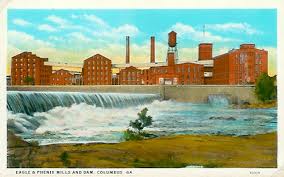The recent issue of Museum magazine published by AAM discusses the growing trend of declining field trips to museums and historic sites. (“Why Field Trips Matter?” by Jay P. Greene, Brian Kisda, and Daniel H. Bowen, Museum, January-February 2014.) For example, the article lists the prestigious Field Museum in Chicago dropping from 300,000 students to under 200,000 per year. One can only imagine how smaller, less known museums are faring as this trend takes hold of our nation. Reasons for declining field trips are nothing surprising: financial shortages and/or greater focus on raising student performance on standardized tests.
The Museum article focuses on how a recent study shows children who took field trips to art museums have demonstrated an improvement in critical thinking. While it is heartening to see such a positive study for the inclusion of field trips, it seems to skirt the most obvious reason. Students should take field trips as a central part of their overall educational experience. These trips produce better citizens who are more appreciative of their communities and heritage. For some inexplicable reason, this logical rationale for field trips has gone by the wayside.
While I truly understand the harsh budgetary realities that schools face today as well as the need for students to perform well on tests to acquire necessary job skills and get their diplomas, we have seemed to lost sight of providing our students a sound, overall education. Exposing children to these priceless museums and sites expands their education and builds upon the work they do in the classroom. There is no better way to understand a subject than by visiting the location where an event took place or to see in person a related actual relic or document. We must also understand that many students from less advantaged backgrounds would never get the opportunity to visit and experience such important museums and institutions if not via a school trip. To quote from that article, we have lost the fact that one of the ultimate goals of providing an education to our students is to produce intelligent, civilized people “who appreciate the breadth of human accomplishments.” Taking field trips is an absolute necessity to achieving that goal!!!
CPW









